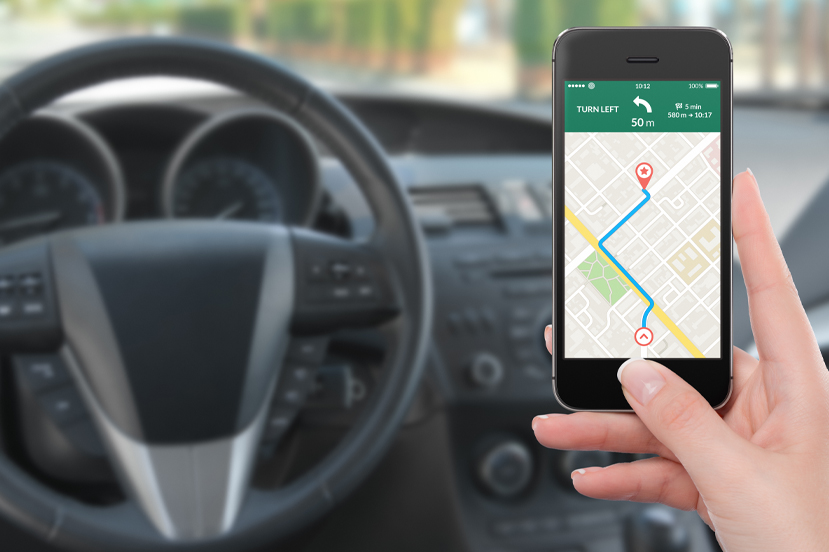Car expenses rank second only to housing costs for many Americans. A family with two cars to insure and pay off could easily spend $1,000 or more per month to drive.
But automotive expenses can often be trimmed. You could find significant savings by shopping for better rates on what could be the biggest items in your auto budget: monthly loan payments and insurance premiums.
Rather than simply pinching pennies on gas, taking a few hours to lower these bills can feel much like getting a raise, delivering free money you can count on every month.
Refinance your auto loan
If you didn’t know your credit score or shop around for a loan when you bought your car, it’s hard to know whether you got the best possible rate.
Dealerships — where most people finance their cars — may offer very low-interest financing. But sometimes the rate you get isn’t the lowest you could have qualified for. “Most people have no idea” when it happens to them, says Delvin Davis, senior research analyst at the Center for Responsible Lending.
To see if you can reduce your interest rate and monthly payment, you can apply to refinance your auto loan, meaning you pay off your current loan with a new one from a different lender. This can really save you money if:
- You originally agreed to a higher interest rate than you needed to, or
- Your credit has improved and you qualify for a lower interest rate
Lenders have varying credit and vehicle requirements, so compare multiple offers to find the best rate and terms. Just be sure to apply to all lenders within 14 days to minimize the impact on your credit score when lenders perform a credit inquiry. Multiple inquiries for the same type of loan within a short period are typically treated as one, but it’s smart to check your report afterward to confirm this is the case.
All this might be easier than it sounds. You can check your credit, compare rates, estimate savings and apply online. Check with your current bank or credit union, too. It may offer the best deal because it already has a relationship with you, Davis says.
But be careful: If you can lower your payment only by extending the length of your new loan, you’ll pay more interest overall, making your car more expensive. It also puts you at risk of owing more than your car is worth. Take a longer loan term only if you’re struggling to make payments and need to avoid defaulting to preserve your credit score, Davis advises.
And if you really can’t afford your monthly payment but still need a car, consider downsizing to a less expensive one.
Shop car insurance rates
There’s just one way to make sure you have the cheapest car insurancepossible: Compare quotes. You can do this online with a comparison tool, by calling companies for quotes or by visiting an insurance agent. If you work with an agent, keep in mind there are two types:
- Independent agents, who can show you quotes from several insurers
- Captive agents, who sell insurance from only one company
Car insurance pricing depends on dozens of factors, including your driving history, ZIP code and even your previous insurer. “Each insurance company values different things when setting rates,” says Janet Ruiz, a spokesperson for the Insurance Information Institute. That’s why shopping around is essential to getting the most competitive rate for your current situation.
For example, after an accident one insurer may raise your premium 25%, while another would raise it by 50% — a price that can last three to five years. And in many states, bad credit can impact your rate even more than causing an accident, according to NerdWallet analysis.
If you drive very little and don’t mind having your driving tracked, you might find greater savings with per-mile insurance from companies like Metromile, Esurance or Milewise from Allstate.
Other ways to lower your premium
If you’re already paying less for car insurance than the quotes you find — maybe you’re bundling home and auto insurance — there are other ways to lower your premium:
- Raise deductibles on comprehensive and collision coverages. If your car’s stolen, totaled or damaged by someone else, you’ll pay more out of pocket with a higher deductible, but your premiums would be lower.
- Drop collision and comprehensive on paid-for older cars. Without a loan to cover, there’s no need to pay hundreds per year when you’ll get only a couple thousand bucks back — minus the deductible — if your car is totaled.
Get every discount you can. Check your insurer’s website for available discounts, and confirm with your policy, agent or service representative that all are applied.








